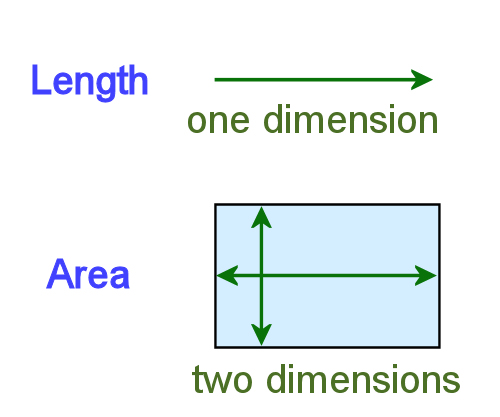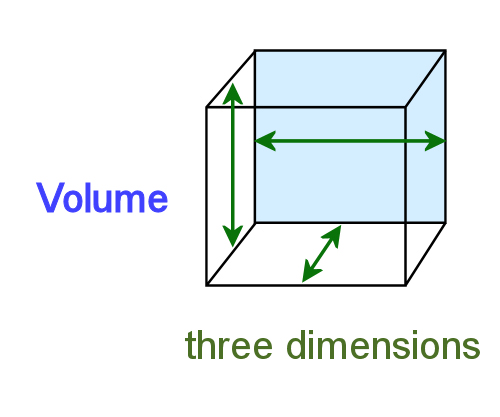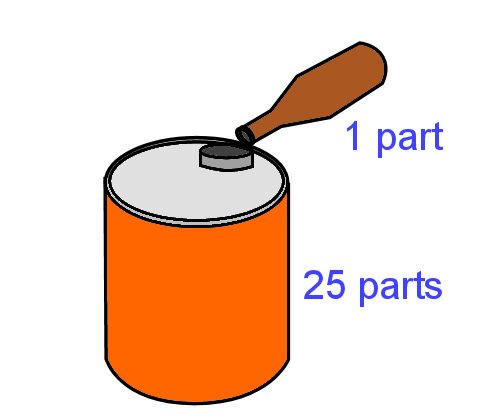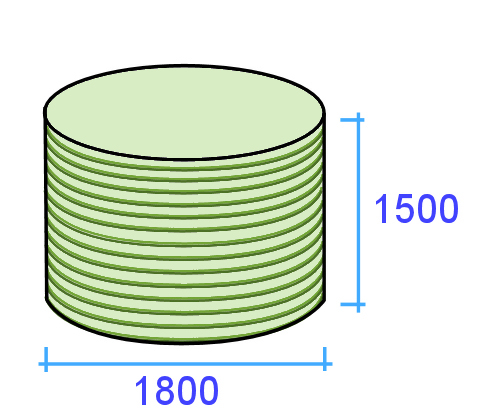Volume

Learning activity
Audio 7 (mp3 |6|KB)
| Dimensions | Value |
|---|---|
| Length in metres | 8.5 |
| Width in metres | 7 |
| Thickness in metres | 0.05 |
| Volume in cubic metres (Length x Width x Thickness) | 2.975 |

| Dimensions | Value |
|---|---|
| Surface area which is Diameter ÷ 2 x Diameter ÷ 2 x 3.14 | 2.543 |
| Depth in metres | 0.2 |
| Volume in cubic metres which is Surface area x Depth | 0.509 |
| Volume in litres | 509 |
Go to Avoiding errors
Industry Network Training and Assessment Resourses
© 2016 Workspace Training








